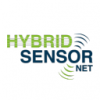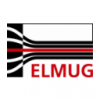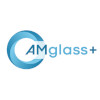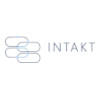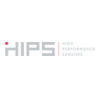Application areas for sensor technology
UV sensor technology
UV radiation is an extremely versatile tool for a wide range of applications
The application areas range from disinfection to hardening.
In principle, the use of UV sensors and UV evaluation units makes it possible to monitor UV irradiance. However, sources of error in the UV system such as decreasing radiation output of the UV lamp, failure of the UV lamp or soiling of the sensor surface can also be detected in this way. With water disinfection, additional contamination on the quartz immersion tube in which the lamp is mounted or a reduction in the permeability of UV radiation due to a deterioration in the water quality is also noticed.
water disinfection
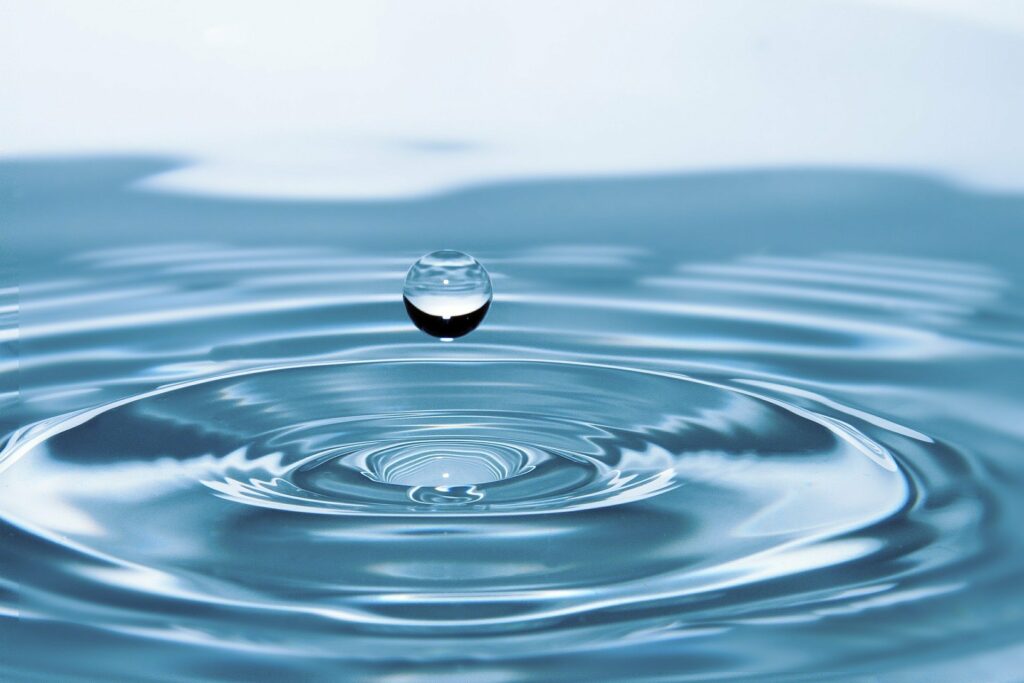
In recent decades, drinking water disinfection with UV radiation has become increasingly important. Microorganisms are safely inactivated. Chemical-free drinking water disinfection with UV devices is low maintenance, user friendly and environmentally friendly. When they are used properly, no by-products are produced. The smell and taste of the drinking water are not affected.
The basic prerequisite for the reliability of this technology is the use of UV lamps with sufficient disinfection power. Accordingly, the valid standards for drinking water disinfection ÖNORM M 5873, DVGW W294-3 as well as DIN 19294 require the disinfection effectiveness to be monitored by means of UV sensors.
The increasingly frequent hot spells in recent years highlight the importance of wastewater treatment. Wastewater treatment should make it possible to reuse the increasingly scarce water.
Wastewater usually has particularly high turbidity. After several process steps with the aim of removing any pollutants, the load of microorganisms in the water is greatly reduced by means of UV radiation. Particularly powerful UV lamps are used for this purpose.
The UV sensors for monitoring disinfection efficacy must meet the requirements arising from the high irradiance levels.
To ensure sufficient stabilisation, ballast water from seagoing vessels is taken into corresponding ballast tanks. Marine organisms enter the tanks with the ballast water. At the port of destination, the organisms return to the sea. There they can displace native species.
To prevent economic (and ecological) damage, the International Maritime Organization (IMO) has defined limits for the concentration of marine organisms in ballast water. As a result, every ship that falls under the regulations due to its design must install a ballast water treatment system.
Disinfection of the ballast water after filtration with UV radiation is an environmentally friendly method of killing organisms. UV sensors can be used to ensure its effectiveness.
The UV system is usually installed in the central pump room. In oil tankers or floating oil production platforms with flammable cargo, the pump room is a hazardous area. UV sensors for use in potentially explosive atmospheres must meet certain requirements and be certified by a notified body to standards such as ATEX and IECEx.
Chlorine is the primary disinfectant for preventing the growth of microorganisms in swimming pool water. Chlorine-containing disinfectants and impurities in the swimming pool water cause the formation of chloramines, which are hazardous to health. High levels of chloramine in water can cause irritation to the skin, eyes and respiratory tract. The chloramines also cause the familiar swimming pool smell.
UV systems reduce both free chlorine and combined chlorine compounds (chloramines) to easily removable by-products. The result is a cleaner and healthier environment without unpleasant side effects for swimmers.
Disinfection of air and surfaces
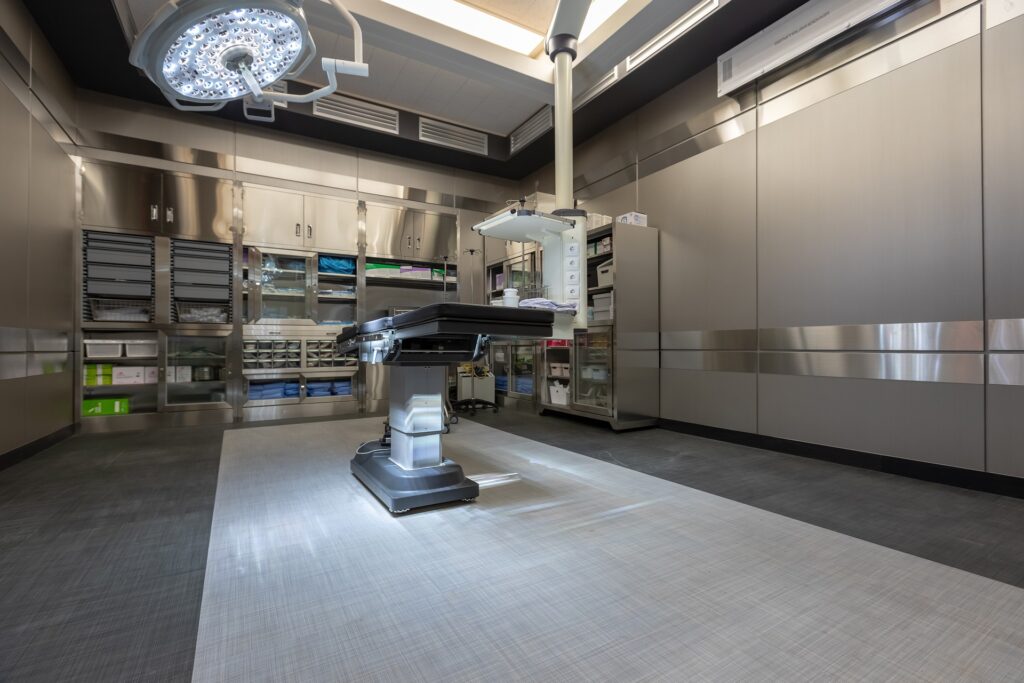
Pollutants, microorganisms (e.g. bacteria) and viruses are only retained by filter techniques of all kinds. Inactivation does not take place. This means that the irregular replacement of filters poses a major risk. The immediate inactivation of viruses and bacteria in the air and on surfaces is the most effective method of room disinfection.
In medical facilities (e.g. hospitals and doctors’ surgeries), businesses and schools, permanently installed UV lamps in ventilation systems can be used for pure air disinfection. The room air can also be disinfected using mobile UV systems. The use of such systems is harmless to the people in the room.
Robots can also be used to disinfect rooms with UV radiation. In addition to the surfaces, the air can also be disinfected at the same time. The disinfection robots drive completely independently through the operating environment.
Industrial exhaust air is polluted by aerosols, organic pollutants (e.g. solvents) or odours. This pollutes the environment. Before releasing the polluted and odorous exhaust air into the environment, companies are obliged to clean it.
With the help of UV radiation, odours can be broken down and the exhaust air purified. In combination with natural oxygen, UV radiation generates ozone. The resulting oxidation process eliminates pollutants and odours.
Deposits of residual substances restrict the functioning of the exhaust air system in the catering trade and can quickly ignite.
The formation of grease and dirt deposits in the ventilation systems can be prevented by means of UV radiation and ozone generated by UV radiation. The resulting oxidation process causes cold combustion of the fats and the odorous substances. Preventing grease build-up significantly reduces the fire hazard.
Curing and drying
In the printing industry, furniture industry or PCB production, UV radiation is used to cure or dry inks, lacquers, silicones, sealants and adhesives, etc. in seconds. This means that products can be processed immediately. The surfaces treated with UV radiation also become durable, and more resistant to abrasion and scratches.
Is your field of application not listed?
We would be happy to help you develop your solution.


